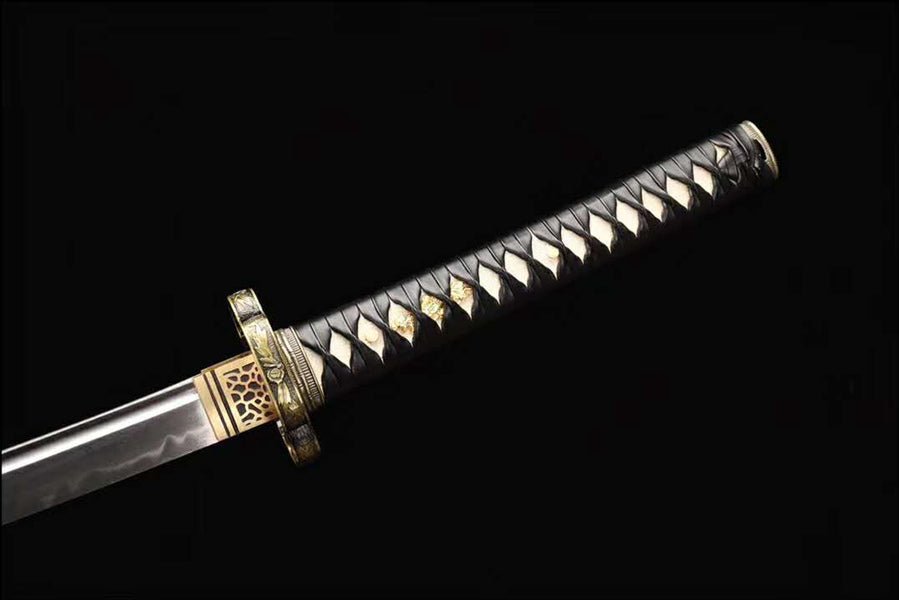The Legacy of Awataguchi: Master Swordsmith of Japan
When one delves into the rich history of Japanese sword making, the name Awataguchi stands out prominently among the revered artisans who shaped the art of the katana. As a master swordsmith of the Heian period, Awataguchi's contributions to the craft have left an indelible mark on the world of Japanese swords, celebrated for their unparalleled beauty, sharpness, and craftsmanship.
Origins and History
The Awataguchi school was established in the 12th century, during the late Heian period, in Kyoto. This era was characterized by a flourishing of cultural and artistic endeavors, and swordsmithing was no exception. Awataguchi, the founder of this prestigious school, set the standards for excellence that would influence generations of swordsmiths to come.
Distinctive Features of Awataguchi Blades
Awataguchi blades are renowned for their exceptional quality and distinct characteristics. These swords are known for their elegant curvature and exquisite grain patterns (hada). The meticulous attention to detail in the forging process resulted in blades that were not only visually stunning but also incredibly durable and sharp.
The hamon (temper line) on Awataguchi swords is often intricate and well-defined, showcasing the smith's skill in differential hardening. This technique involved heating and cooling the blade in such a way that the edge became extremely hard while the spine remained flexible, giving the sword its characteristic strength and resilience.
Legendary Creations
One of the most famous creations attributed to the Awataguchi school is the "Kogarasu Maru," also known as the "Little Crow." This sword is unique for its double-edged design, which was an innovative departure from the traditional single-edged katana. The Kogarasu Maru exemplifies the ingenuity and masterful craftsmanship of the Awataguchi swordsmiths.
Influence and Legacy
The techniques and styles developed by Awataguchi have had a profound influence on subsequent generations of swordsmiths. The meticulous forging methods and the emphasis on aesthetic beauty combined with functional excellence set a high bar for quality. Many renowned swordsmiths, including those from the Kamakura period, drew inspiration from Awataguchi's work.
Collectors and historians continue to revere Awataguchi swords for their historical significance and artistic merit. Owning an Awataguchi blade is considered a great honor, as these swords embody the pinnacle of Japanese sword-making artistry.
Conclusion
The legacy of Awataguchi is a testament to the enduring allure of Japanese swords. His contributions to the craft have not only enriched the cultural heritage of Japan but have also left a lasting impact on the world of swordsmithing. For enthusiasts and collectors, the name Awataguchi represents the epitome of beauty, precision, and the timeless art of the katana.

